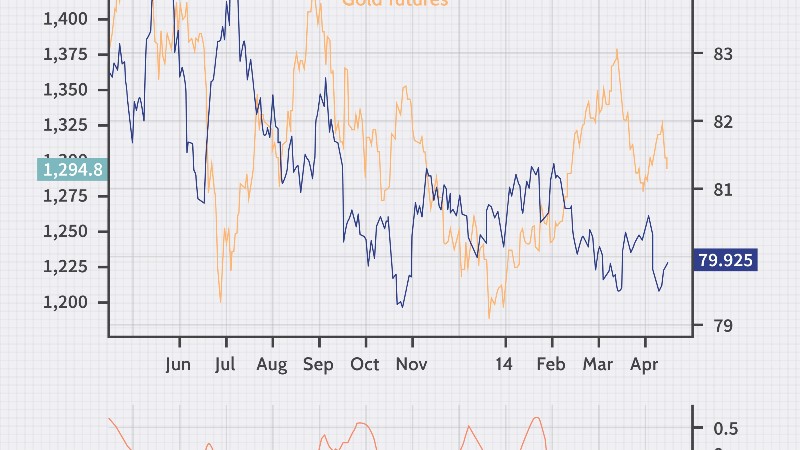Options trading is a complex investment activity that involves a high degree of risk. Regarding options trading, even the most experienced traders can make mistakes. Anyone who trades options will likely make errors at some point. For this reason, traders need to be aware of the most common errors that can lead to losses. The secret is to learn from your mistakes and avoid making them again in the future. For beginner traders, it is best to consult a reputable broker; you can get more info here.
Not understanding the risks involved
One of the biggest mistakes traders make is not understanding the risks of options trading. Options are a risky investment product; you can lose all your invested capital if you don’t know what you’re doing.
Before you start trading options, you must understand the risks involved and learn as much as you can about the product.
Not having a trading plan
Another common mistake is not having a trading plan. A trading plan should include your investment goals, risk tolerance, and strategies for entering and exiting trades. Without a plan, it’s easy to make impulsive decisions that can lead to losses.
Overtrading
Overtrading is when you trade too often, leading to higher transaction costs and lower returns. If you frequently enter and exit trades, it may be time to re-evaluate your trading strategy.
Not diversifying your portfolio
Diversification is integral to any investing strategy, but traders often overlook it. By diversifying your portfolio, you can reduce the risk of losses if one asset class declines in value.
Not using stop-loss orders
Stop-loss orders limit your losses if a trade goes against you. However, many traders don’t use them, or they don’t set them correctly. If you don’t use stop-loss orders, you’re putting your entire account at risk.
Holding losing positions for too long
Many traders are reluctant to exit losing trades, hoping the price will eventually rebound. Unfortunately, this often leads to further losses. You must cut your losses short and move on to other trades.
Not managing your emotions
Trading with emotions can lead to impulsive decisions and losses. It’s essential to remain calm and objective when trading. Making rational decisions won’t be easy if you let your emotions get the best of you.
Failing to monitor your trades
Monitoring your trades is essential for success. It would be best to always watch the markets and your positions. You can quickly take action if a trade goes against you by monitoring your trades.
Not using risk management tools
Several risk management tools are available to traders, such as stop-loss orders and trailing stops. These tools can help you limit your losses and protect your profits.
Making trades based on tips
Many traders make trades based on tips from friends or family. However, this is often a likely cause of failure. It would be best never to make a trade based on a tip; always do your research first.
How to trade options in the AU
Find a broker
The first step to trading options in the AU is to find a broker. Many brokers offer online options trading, so you should compare their fees and features before opening an account.
Research the market
Once you’ve chosen a broker, you must research the market before making any trades. Understanding the underlying asset well would be best before buying or selling options.
Decide what type of option to buy or sell
There are two types of options: call options and put options. Call options give you the right to buy an asset at a specific price, while put options give you the right to sell an asset at a specific price.
Choose your strike price
The strike price is the price you pay when you buy or receive when you sell the underlying asset. When buying options, it would be best to choose a strike price below the current market price. In contrast, it would be best to choose a strike price above the current market price when selling options.
Choose your expiry date
The expiry date is when your options contract expires. You must choose an expiry date that meets your investment goals.
Enter your trade
Once you have completed all the steps, you’re ready to enter a trade, and your broker will provide you with a quote for the option. You must monitor your trade closely to see how it performs. However, you may need to adjust your positions as the market changes.

















